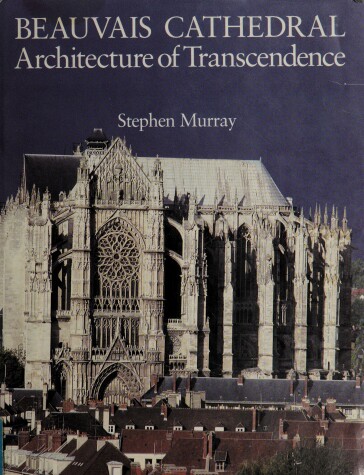Intended by medieval builders to be the greatest of the High Gothic cathedrals, Saint-Pierre Beauvais has achieved notoriety among historians because it was indeed the tallest structure of its kind and because it collapsed. This book relates the extraordinary story of the cathedral which, despite the collapses of its 150-foot high choir in 1284 and its crossing tower in 1573, has managed to withstand a series of natural and political catastrophes that have ravaged the surrounding town throughout the past seven hundred years. By analyzing both archaeological evidence and historical documents, Stephen Murray examines separately the various phases of construction from the eleventh to the sixteenth century to determine the essential architectural quality of each phase and its relationship with the historical context.
The author discusses, for example, how the use of a five-aisled pyramidal basilica reveals the pretensions of the founding bishop, Miles of Nanteuil, whose exclusive allegiance to the Church aroused bitter opposition from the French king Louis IX and segments of the bourgeoisie. In employing a new understanding of the process of design and construction, Murray shows that the Beauvais cathedral was the product not of one single sublime vision but of the conflict arising from several distinct artistic perspectives that may have led to the creation of a basically flawed overall structure.
- ISBN10 0691042365
- ISBN13 9780691042367
- Publish Date 21 June 1989
- Publish Status Out of Print
- Out of Print 12 February 1999
- Publish Country US
- Imprint Princeton University Press
- Format Hardcover
- Pages 276
- Language English
- URL https://press.princeton.edu/titles/4474.html
